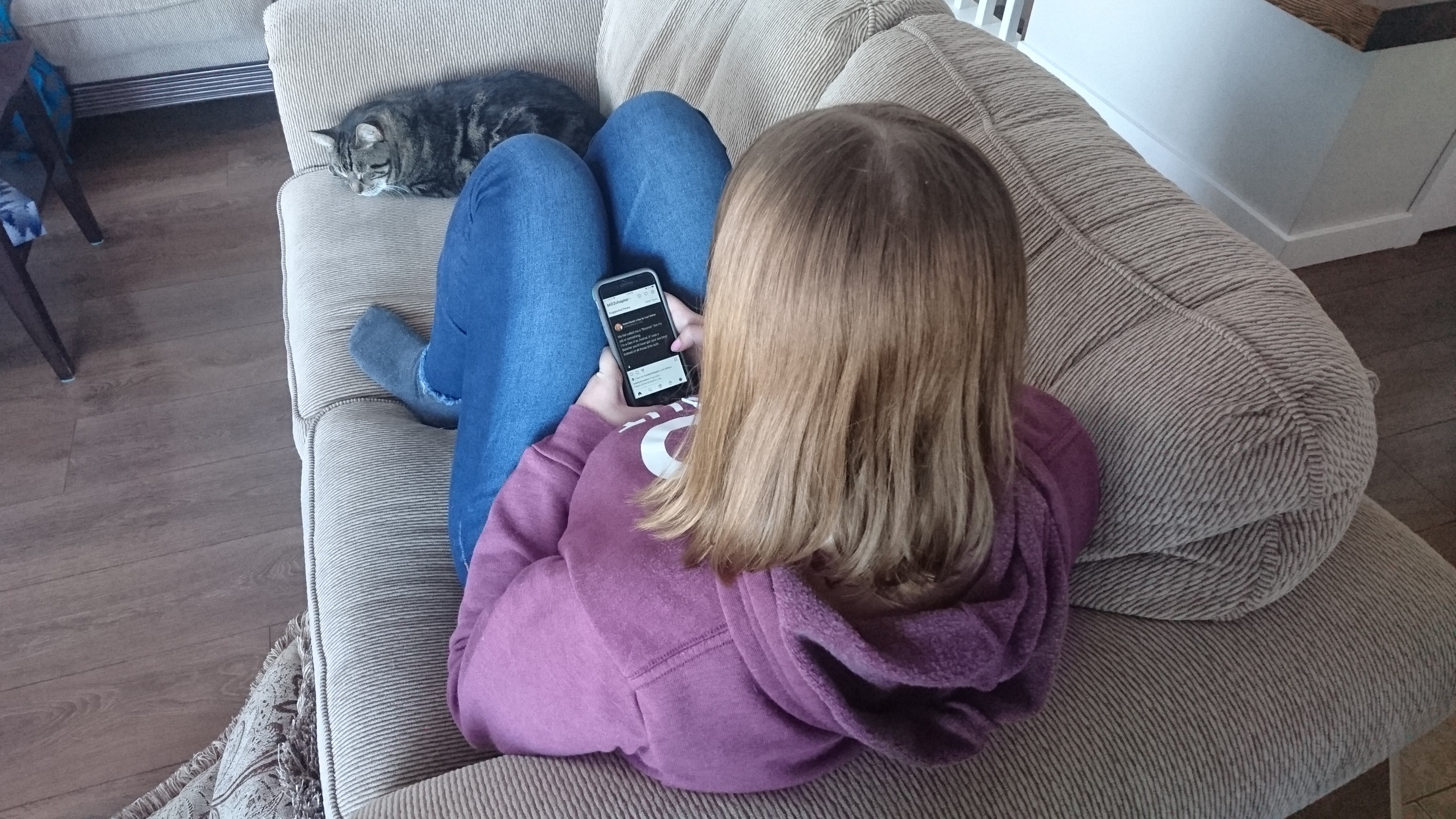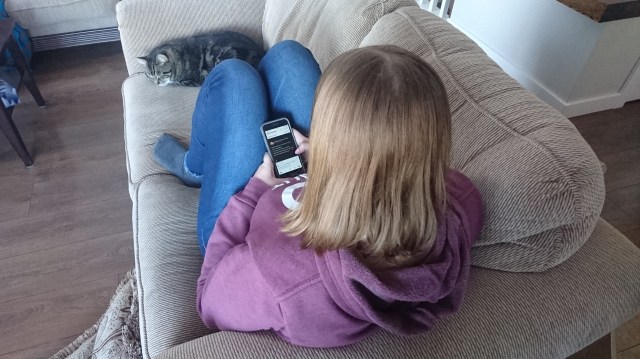
“Two drowning people can’t save each other, remember?” I say as my teen’s thumbs tap across their phone on the couch across from me.
It’s 10:35 p.m. and a friend with similar mental health struggles posted something dark in their stories again. It’s a regular occurrence—but not always the same friend on the other end. A struggling teen reaches out to mine because they understand each other’s dark thoughts. My child hurts for them because they know the mental pain first hand and can’t rest until they’ve talked their friend back into a safe zone.
It’s a hard line to balance on. On one hand they can’t abandon their desperate friend, but on the other hand, it adds stress to an already stressed-out brain.
I often repeat my drowning scenario as a reminder to be careful.
Life is a lake in my scenario and we all experience it differently. You’ll see the competitive swimmers with purpose to every stroke and the relaxed ones floating as they soak up the sun. Look a little harder and you’ll see some weathering storms and gasping for air as they wait for it to pass and still others use a personal floatation device (PFD) to make sure they get where they need without going under.
Then there are the ones silently treading water and struggling for air. All their strength is used to keep from drowning. They don’t feel the sun. They don’t seem to be getting anywhere. However, they notice other people in the same predicament…and they latch on to each other.
Sound dangerous? It is, but it’s easier to reach out to someone who obviously understands you. You don’t reach out to someone who tells you to try harder. Their advice is useless.
What my teen needs is a life-saving device like a PFD. Maybe it’s made of counsellor appointments, doctor visits, medications, healthier eating, etc. Maybe part of it is a supportive family and safe places to talk. Whatever it’s made of, it’s slow to put together and hard to put on at first as it’s made of many components working together.
What our teens need is a hero.
Someone that made it through. Someone that conquered those inner voices or learned to control and manage them so they could go on to fulfill their dreams. Someone who knows what it feels like to fight for air, but is not currently in that state.
Our struggling teens don’t look at someone floating leisurely in the sun or swimming hard to pursue their goal and feel inspired to try. No, they think “I can’t do that.”
What they need is someone who was struggling to keep their head above water, but grew stronger and now swims with confidence. Our youth need to hear how people around them once wondered if they would ever make it.
They need to know that the people they think have it all together, used to fight for survival.
They need heroes in mental health. They need to hear if you fought with depression every day or anxiety kept you from functioning some weeks. They need to know that there are mental health heroes all around them.
They need you to swim up beside them and help them put that PFD on.
You can start by saying “I was drowning once too.”











